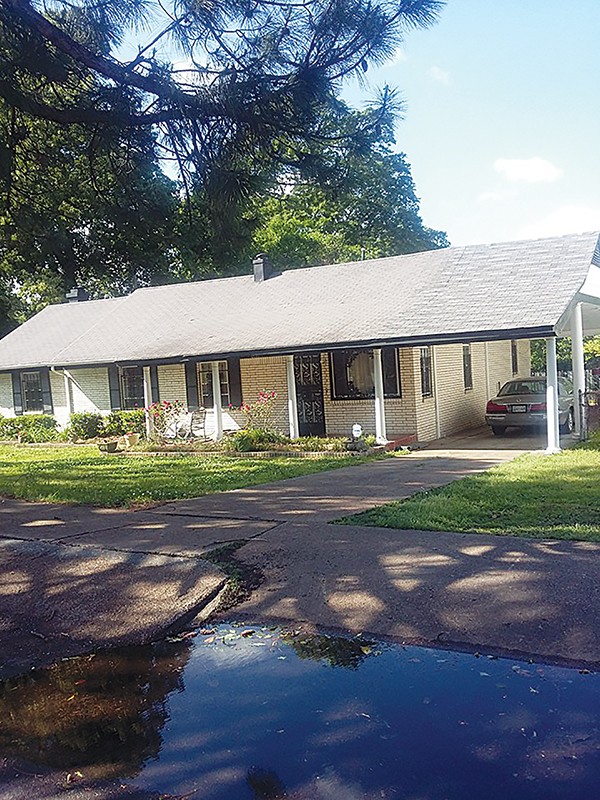Salmon croquettes, creamed corn, and eggs. Pork chops, fried chicken, and fish. Rice, gravy, and biscuits. That’s how Rosalind Withers, the daughter of Dorothy and Ernest Withers, remembers Saturday mornings in their home.
“My mother had a staple of doing a Saturday morning breakfast,” Rosalind said. “These were breakfasts my parents would share with any prominent figures who were in town — Martin King, Stokely Carmichael. If something was going on in Memphis on Saturday, chances are my father may not have been there because he was at home with us. That was our quality time with him.”
 Rome Withers
Rome Withers
Ernest Withers’ home at 480 W. Brooks
The Memphis City Council voted last week to re-zone the Withers home as a single-lot historic district. The rambler fashioned house, located at 480 W. Brooks in the Walker Estates neighborhood, was built 63 years ago and will become a museum to preserve the photographer’s legacy. It’s the only still-intact structure exclusively associated with Withers, says Nancy Jane Baker, the manager of the Memphis Landmarks Commission.
“Mr. Withers’ body of work speaks to the generations of the struggle and accomplishments of the civil rights movement as well as documenting the daily lives of Southern African Americans,” Baker says. “In 50 to 100 years, this property has the ability to explain history like Williamsburg does for us today.”
Withers, also one of Memphis’ first black police officers, worked as a photographer for most of his life until he died in 2007 following complications from a stroke. His images capture historical moments such as the Emmett Till trial, the Montgomery bus boycott, and the life of Dr. Martin Luther King Jr. In 2010, a potential blemish landed on Withers’ record when The Commercial Appeal discovered the photographer worked as a paid informant to the Federal Bureau of Investigation.
The photographer’s prolific body of work outweighed any tarnish to his name. Rev. Harold Middlebrook, who grew up with Withers, told The Commercial Appeal he didn’t resent his friend. Middlebrook said Withers was a “pretty smart fellow” for being able to make the FBI pay him to tell the story of the civil rights movement.
Rosalind, who opened the Withers Collection Museum & Gallery in 2011 at the site of her father’s former studio, said it could take two years or more until the museum opens.
Andrew Rome Withers, 60, is the seventh son of eight Withers’ children and currently lives in the home. Andrew says he stood next to his father as he snapped the famous “I Am a Man” photo. All of Withers’ sons became photographers, according to Andrew, and he still shoots today. The home not only represents how his parents influenced their children, but how they affected the community and how his father captured history in real time for the rest of the world.
“It is very much in the fabric of Memphis — the significance of it,” Andrew says.